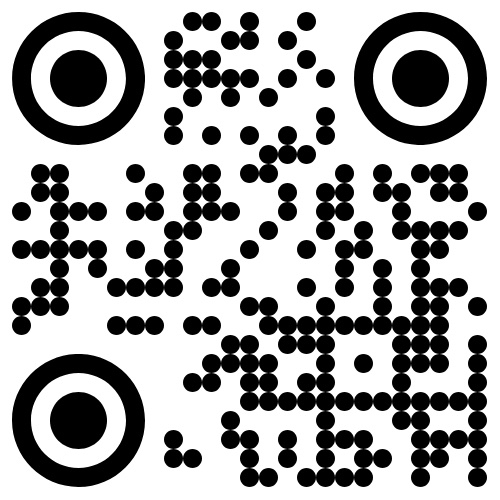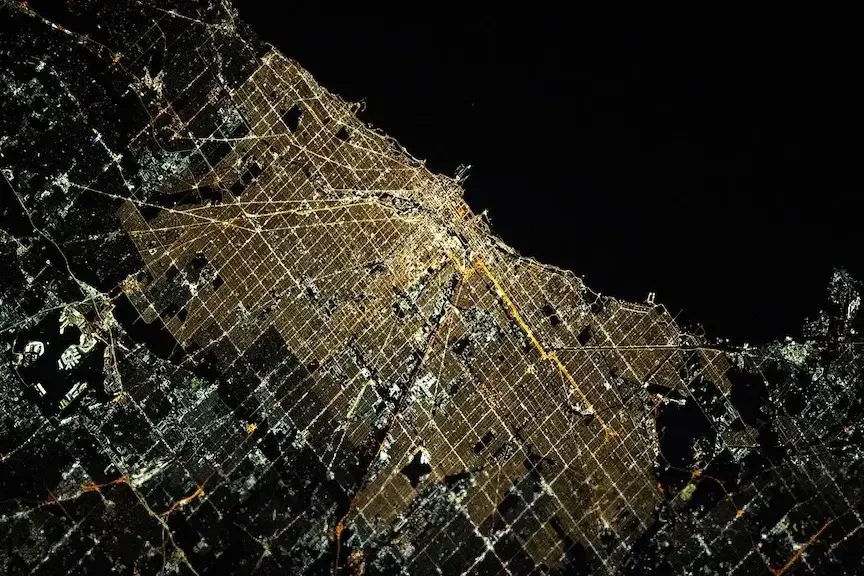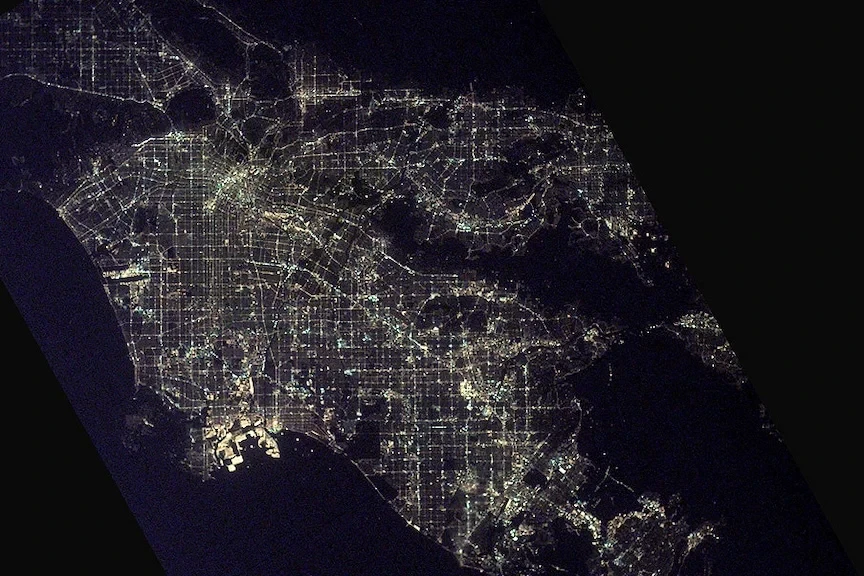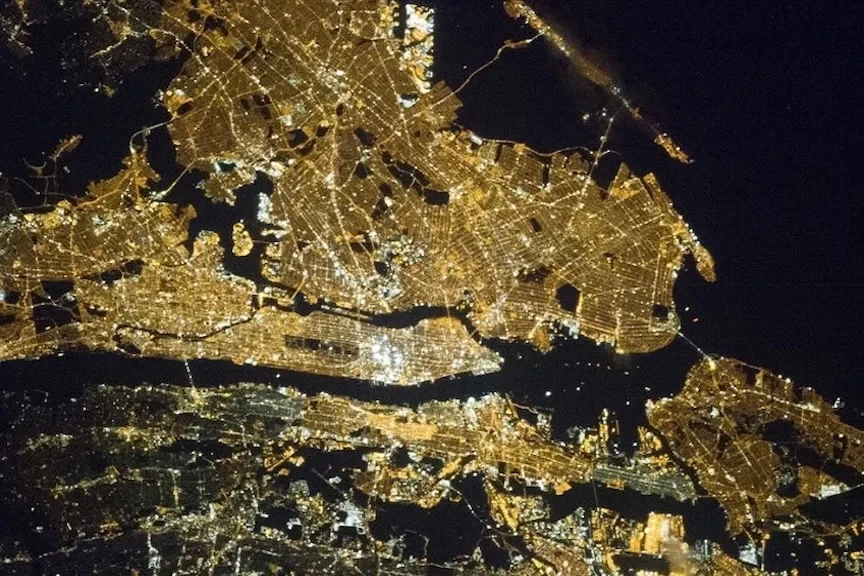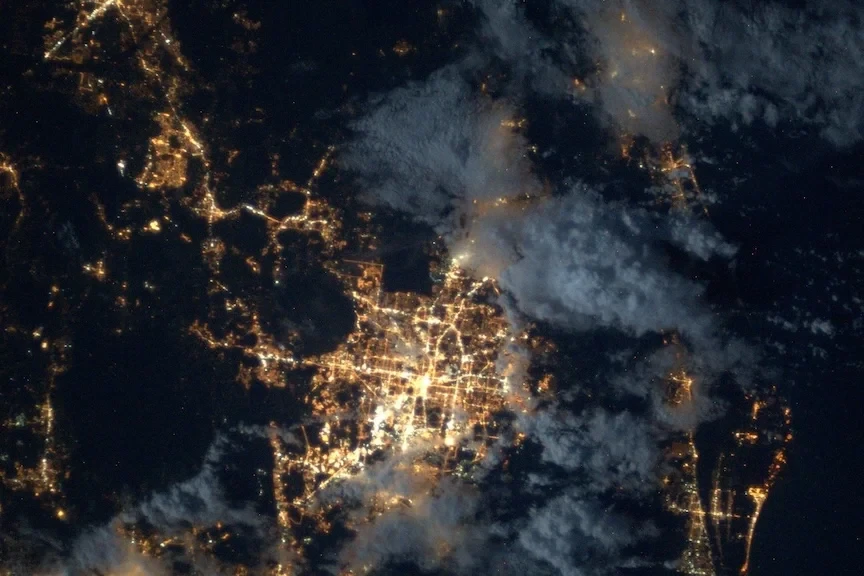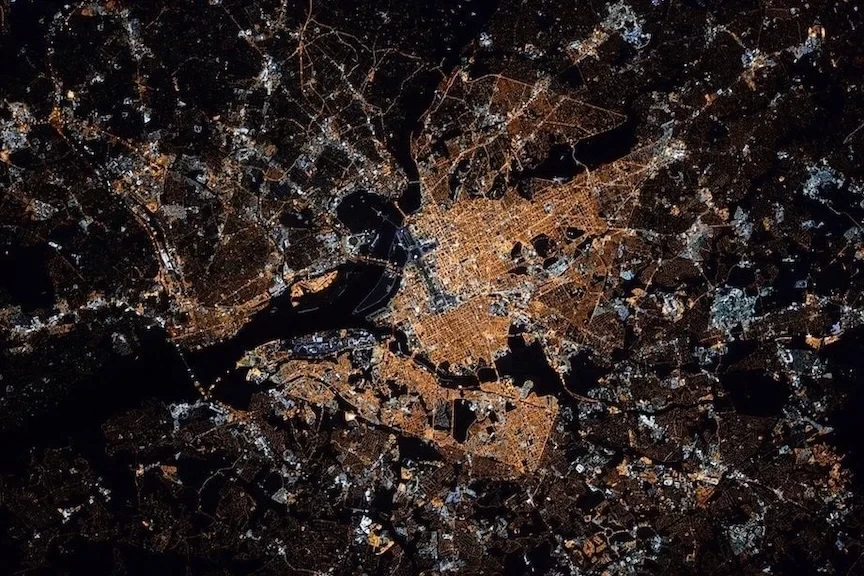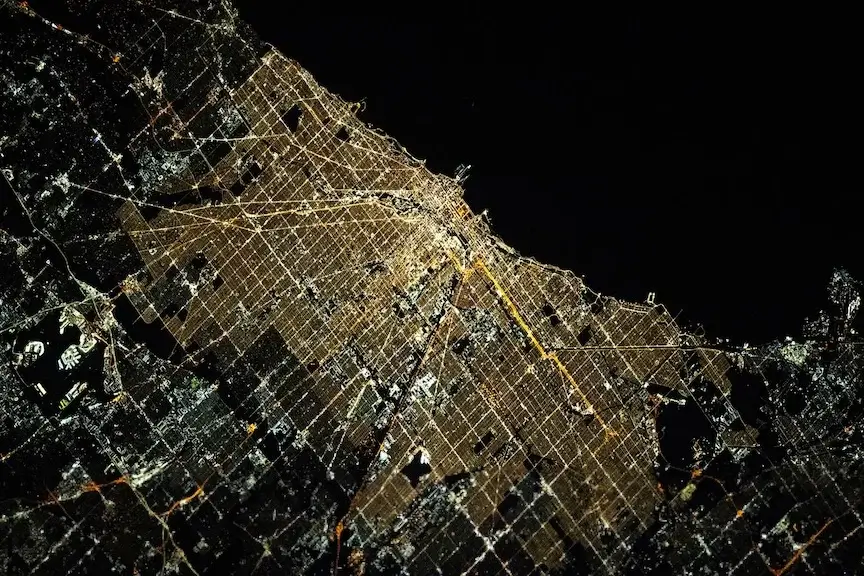


America's Human Landscapes
Understanding a Gridlocked Environment
We’re creating a framework for describing, analyzing, and adapting settlement patterns that are deeply fragmented and resistant to change.
Land use and development
Economics and business
Politics and governance
Social organization
Aufgabe
Today most US residents live in densely interconnected settlements whose fabric has developed over time with little large-scale planning but potentially high degrees of local control. The conventional categories of "city," "suburb," and "community" don’t adequately describe these places, obscuring vital issues at a time when housing shortages, struggling downtowns, crumbling infrastructure, the high cost of construction, and byzantine local regulations have dramatically slowed development. To change the built environment in ways that benefit the United States' society and national economy, real estate owners, policy makers, and associated professionals first need a framework for understanding it. WOWA is undertaking research into America’s human landscapes, looking beyond the specialized fields of design, architecture, urban planning, and real estate development to construct a fuller picture of how settlements take physical form in response to fundamental economic interests, political structures, and cultural ideals.
Lösung
WOWA’s investigation into US human landscapes takes an innovative approach to the understanding of land tenure, settlement patterns, and property analysis. It assumes that the characteristics, value, and potential of individual sites and buildings are shaped by larger factors essential to informed development and investment decisions; and that phases of historical change are key to understanding America’s otherwise incoherent built environment. Our framework enables us to locate major US settlements as well as individual properties in a flexible matrix of typologies—from Native habitation and European colonization through nation building, industrial consolidation, and metropolitan expansion, to deepening globalization and the localisms it has produced. With the increasing integration of technology and remote sensing to land management and property analysis, we envision tools that create intuitive visualizations of, and more accurate data on, land characteristics, usage patterns, and changes over time.
Wirkung
Today’s leaders in real estate, policy making, architecture, and related fields must face the challenges of the Anthropocene, helping societies adapt to changing demographics, resource overconsumption, economic transformations, and increasing climate instability. WOWA engages the big-picture, contextual knowledge required in this uncertain moment, channeling it into individual developments so that they can meaningfully contribute on a local, national, and global scale. We participate in wide-ranging conversations about the future of human settlements while supporting real estate owners’ strategic decision-making across diverse properties and settings. America’s characteristic approaches to land and real estate fundamentally shape the country’s places, politics, identities, and communities, yet their origins and influence remain underacknowledged. With these insights, human landscapes become legible as a portrait of society, and that legibility can be a powerful tool for change. Interested readers can learn more in the WOWA Knowledge Bank.
© 2025 WOWA, Inc. All rights reserved. Visit wowa.net to learn more about WOWA.
